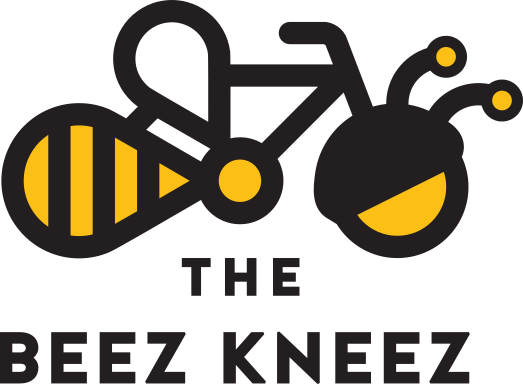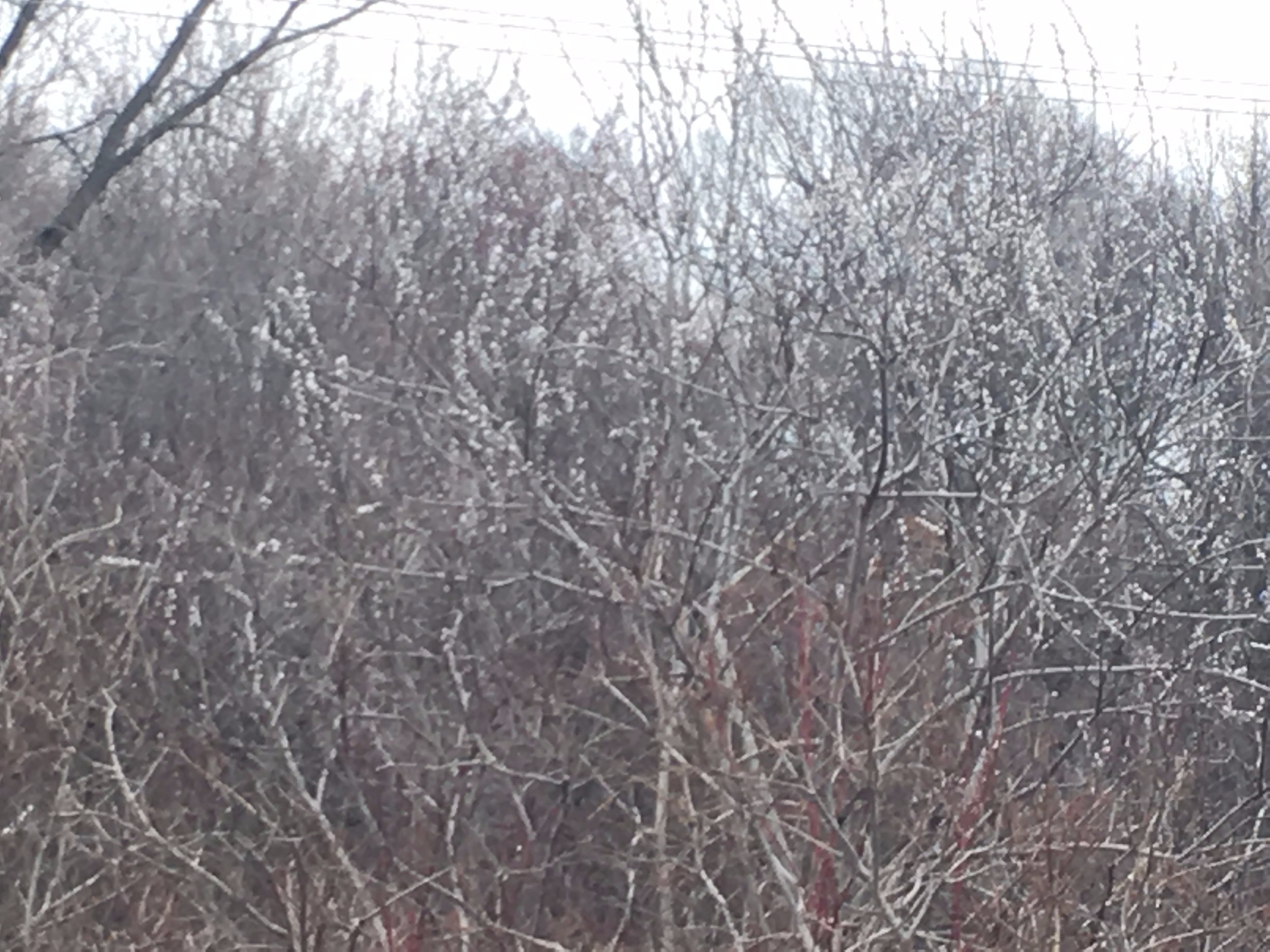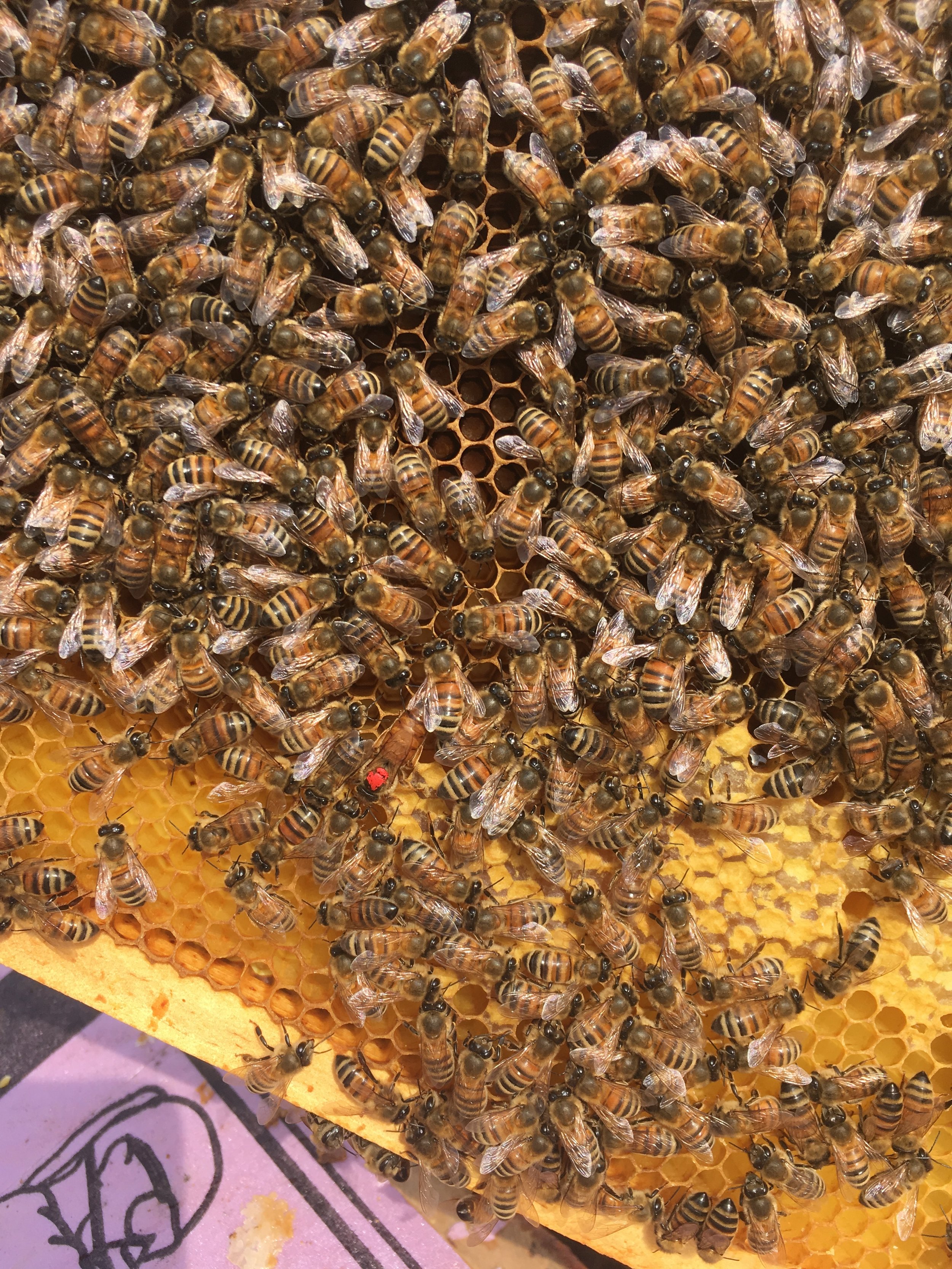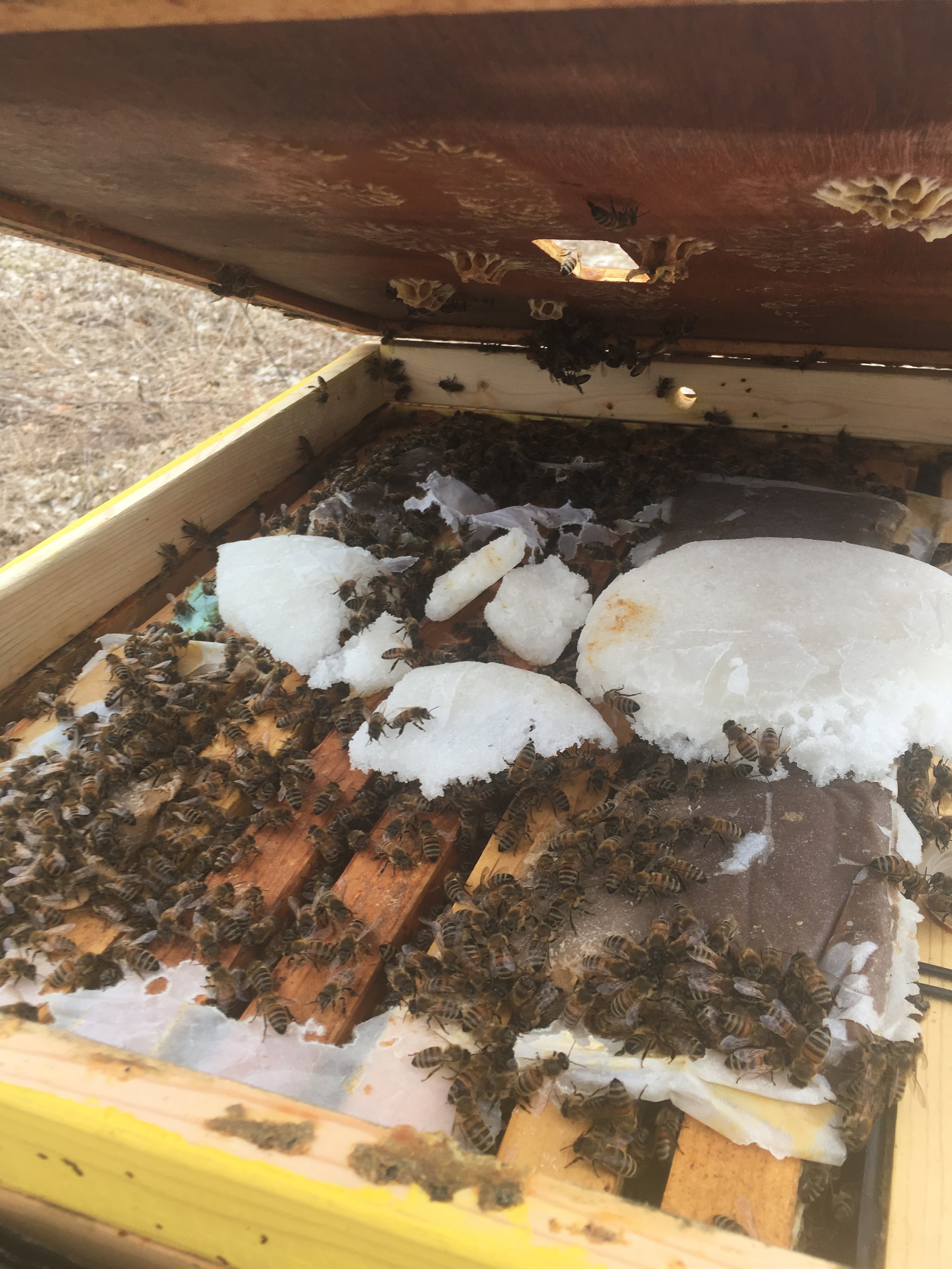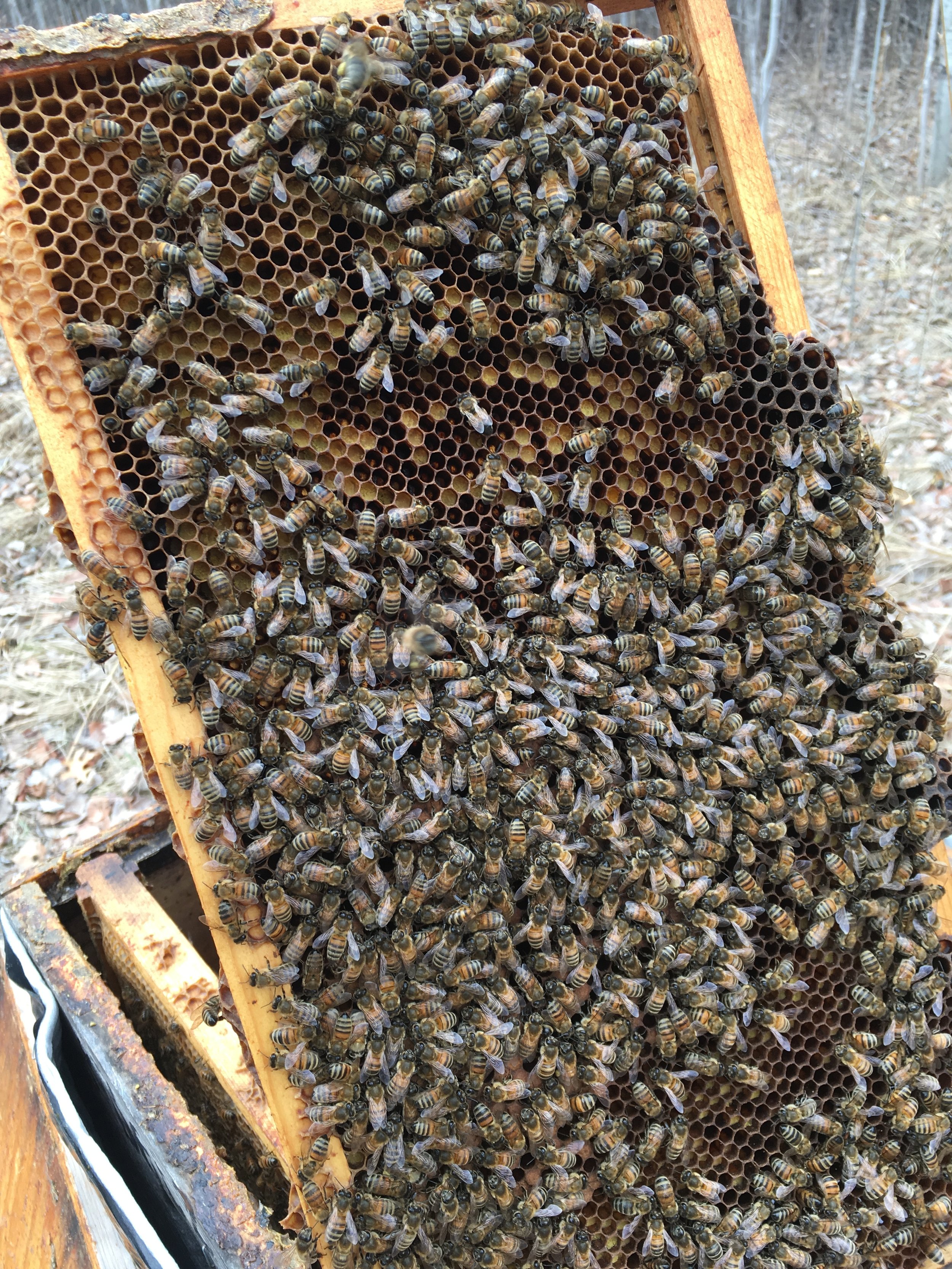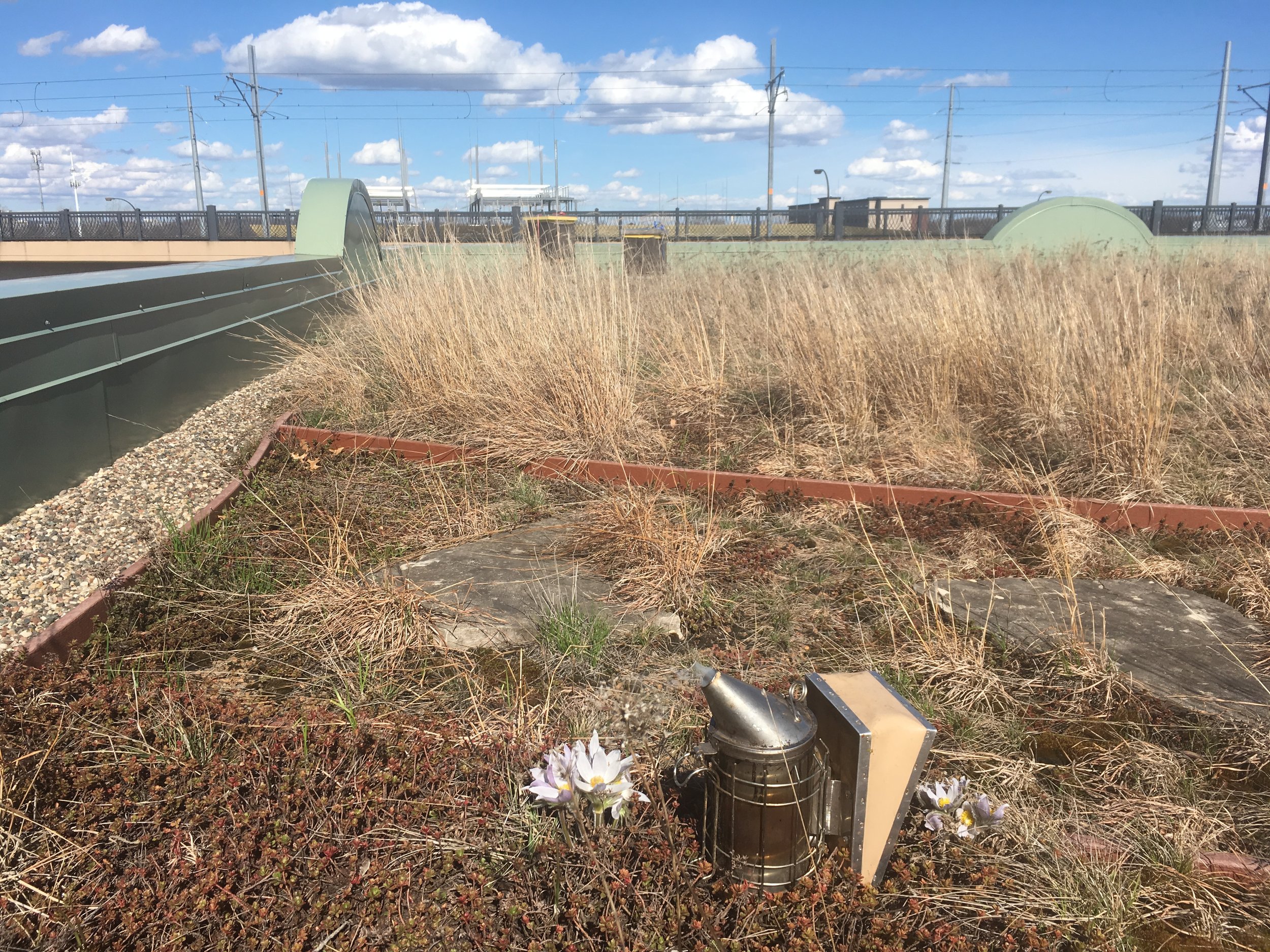What Should I bee doing in April 2019
Aprils fools, spring is here! Bomb cyclone, pollen patties-to feed or not to feed?
As I write this, “the bomb cyclone” storm that hit the midwest Wednesday is starting to wrap up. UGH!!!! is my response. I am trying to bee positive folks but after such a punishing winter, the last thing we needed was a repeat of last years spring blizzard. Just this past Monday, it was closed to 70degrees, the bees were flying and pollen was coming in and then BLAMO, crazy winter storm with 8-15inches of snow, 60 mph winds and DUST from west Texas covered our apiaries. The positive? The temps were not nearly as bad as last year, by about 30 degrees. The weather will change in a few days and this white/tan crap on the ground will melt! However, April is not over and last year we got hit twice. Cross your fingers, our bees need the pollen to come back and the nectar to start flowing.
WHAT ARE THE BEES DOING IN APRIL?
The bees are responding to fresh pollen coming into hives from plants like willow, alder, maples and poplars. It is so interesting to keep bees as far south as Inver Grove Heights, MN and as far north as Grantsburg, WI. The photos from above were taken at our teaching site in Fridley and Inver Grove Heights. Most of the hives at these sites have been brooding up and building from natural pollen since the last week of March. I did not see pollen coming in my WI hives till about a week ago. These hives are way behind, are smaller and may need a bit more help with feed. The hives in Inver Grove Heights are full of bees and have several frames of brood and pollen. Theses strong hives are already gearing up to do what all animals want to do in the spring…have babies! In the case of honeybees, they are gearing up to swarm. This abrupt interruption to spring will slow the bees down but I don’t think it will negatively impact their health too much (fingers crossed) unless they run out of honey/food stores. They do have more brood to take care of and the pollen is not flowing into the hives like it was on Monday but they have the numbers and the temps are not too cold. The smaller hives that do not have as many bees could really struggle. With smaller populations, they have less workers to forage on pollen and therefore it will be harder for them to make more, healthy brood.
WHAT IS THE BEEKEEPER DOING IN APRIL?
Ok, I won’t lie. This beekeeper cried a little when she saw the storm forecast. My weatherman Hutty had no comforting words. He quoted T.S. Elliot “April is the cruelest month”. I got the memo and in anticipation of bad weather, on Monday when it was warm, I took a peak in my colonies to see how much pollen and brood the bees had. I also checked to see how many of them ate the sugar patties I made for them a month ago. Many had eaten through them already so I made sure to give them more food.
So what about feeding pollen patties? I struggle a little with this one. I think it depends on your colonies needs, breed, weather and forage. Many local beekeepers have been coming into the honey house and buying them. Some beekeepers will tell you to put them on a month ago and keep feeding them until they won’t eat anymore. As you have probably figured out by now, everyone will tell you something different when it comes to keeping bees. Use your critical thinking skills, experience and research to make your own decision.
My thoughts on pollen substitute are this: Ideally bees will be able to get enough pollen on their own and you would not have to feed them a substitute made of corn or soy, and brewers yeast. Commercial beekeepers have become dependent upon pollen patties for many reasons but does that mean the small scale beekeeper must follow suit. We have to remember that we are asking different things from our bees and keeping them in one spot year round. I like this perspective from Rusty of Honeybee suite . Also, in the interest of raising winter hardy bees, we don’t want to get our bees used to supplemental feed. Ideally, they would get the real thing and take cues from what is available in the natural world. On the other hand, the reality of the natural world is becoming less and less friendly to our bees. Less forage, toxic pollen and climate change are all realities that are affecting their health and access to the real deal. Like I mentioned before, I struggle with this decision. However, with my bees, I make a decision based on how healthy the bees look right now. How many frames of bees and frames of brood did I see when I checked, how much pollen do you observe the bees bringing in, what the forecast says and where are they located. The hives in Fridley and Inver Grove Heights all look really good for the most part. The small ones that are going to struggle through this last winter blast will get a little pollen sub. I do think feeding it too early means gives them the wrong idea and from experience, the less meddling in the hive I do in early spring, the better they do. Also, if you go check on your bees the next 55 to 60 degree day and it is full of bees, you might want to think about putting supers on early. Like end of April/beginning of May. This gives the bees the perception that they have more room and it will reduce the chance they will swarm before queens are available to do a split. And you may even capture a little dandelion honey!
We are almost there, beeople. Just two more weeks till our first Open Apiary Class on April 27th. Unless, this winter never ends ;)
